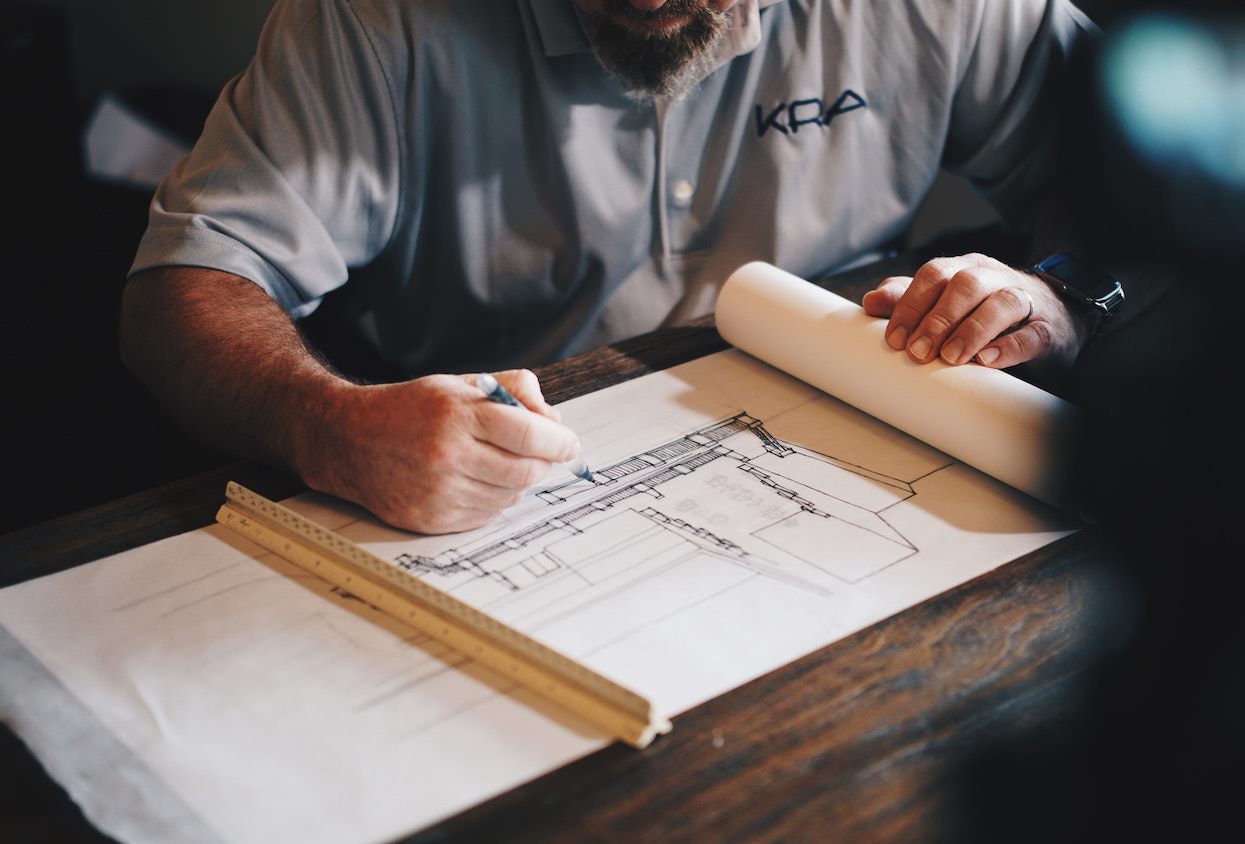Moving into a new space could offer you the opportunity to rethink your facilities plan, but a better space may not even be available when you need it.
This week we revisit a topic that is more important and even more challenging than it was when we first brought it up three years ago. We frame the topic in the form of a critical question every business owner should be asking regularly:
If your current space was perfect for your business, how would it be different than it is now?
Market conditions remain tight, quality space is getting harder to find, taking longer to secure and continues to get more expensive whether you are leasing or buying. So, the more informed your real estate decisions are, the better.
Moving into new space could offer you the opportunity to rethink your facilities plan and find new operational efficiencies, but a better space may not even be available when you need it, given today’s lack of supply.

So, if your current space still allows you to operate efficiently, you may also want to consider renewing your soon-to-expire lease. If you have made a substantial investment in your existing space and feel confident that your space will work well for you over the long term, you may want to renegotiate your lease now, even if you have several years remaining on your current term. Perhaps there is even a way for you to upgrade your space and lower your occupancy cost at the same time.
All these are real possibilities, but unless you know your options, you can’t make the best decision for your business. Here a couple things you can do to get the process started:
First, walk your space with a keen eye for how it fits the flow of your operation. Ask yourself, if this was the perfect space for my business, how would it be different? Would you be more efficient with a space in a different location or configuration. Are you wasting space? Have you accumulated “stuff” that you no longer really need? We recently moved a tenant who was able to move into a space less than a third the size of his previous location without impacting his ability to generate revenue.

After putting his space under the magnifying glass, he realized that he had obsolete machinery, raw materials and old inventory that was simply taking up space. Many other business owners are following the lead of the logistics industry by limiting their space footprint and utilizing the height of their buildings through the installation of new materials handling systems. This option will only become more popular now that the new Tax Cuts and Jobs Act allows for the immediate and full expensing of capital equipment like racking systems, fork lifts and in-rack sprinkler systems.
Second, carefully review your lease. This is a step that we can help you with. In our experience, most tenants don’t fully understand the financial and business points of their lease document. Once signed, they file it away and get back to business, unaware of the benefits and hazards of the document to their business going forward.
In short order, we can abstract your lease and brief you on important elements, including those that could improve your position with your current landlord. Have rent escalations and operating expenses been calculated accurately? Are their options coming up that are time-sensitive? Are you receiving all the services the lease calls for? These and other questions could be significant in terms of developing your overall strategy.

Before we assist with any real estate transaction, we help our clients decide if one should be made in the first place. We have completed over 4,000 transactions on behalf of buyers, sellers, tenants and landlords, and we are confident in our ability to help our clients sort through this often complex process.
If there is anything we can do for you as you deal with this important issue, just give us a call. We are here to help.


Leave a Reply
You must be logged in to post a comment.